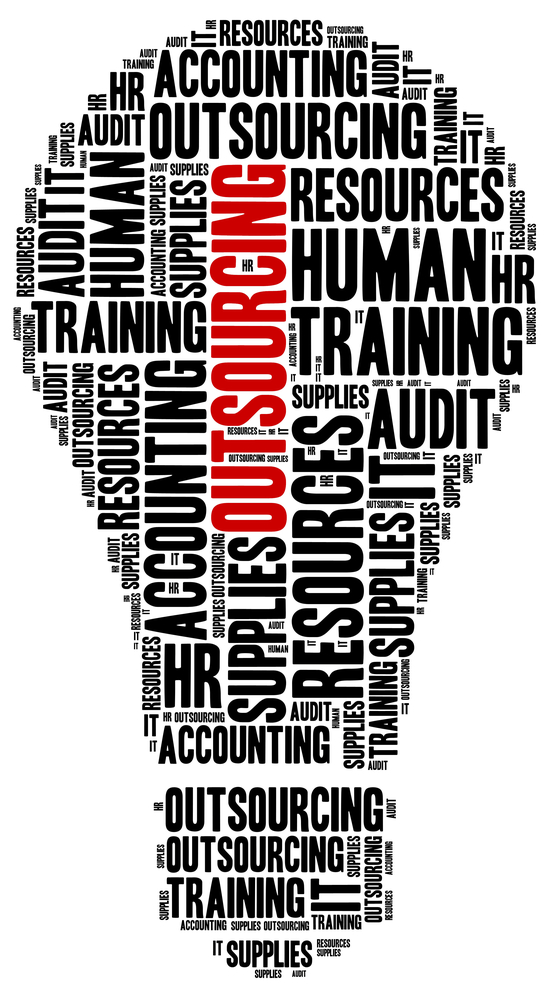
Small Business Finance Trends to Watch in 2017
Small businesses, especially those that are less than two years old, are usually not able to get traditional bank loans to support their operations. Small business owners frequently turn to alternative financial technology solutions that help them sustain and expand their operations.
The good news for 2017 is that alternative lending support for small businesses is expanding and most loans are accessible online. Moreover, traditional banking institutions are trying to play catch up by creating new offerings in an attempt to re-capture the small business clients they lost to alternative financial institutions.
Competing with the banks are the loans supported by the Small Business Association (SBA) that provides guaranteed loans for small businesses. The SBA notes that over 66% of the new jobs created in American come from small business operations.
Other sources of financing for small businesses include:
- Factoring of Invoices – Small businesses increase cash flow and improve profits by borrowing against accounts receivables to improve the rates of inventory turn. With more inventory to sell that helps meet demand, businesses that use this strategy can create a multiplier effect that increases profits less the cost of the financing.
- Borrowing Against Credit Card Receivables – Similar to factoring invoices is the ability to obtain a cash advance based on the average flow of credit card receivables. These short term loans increase cash flow, help cover any unexpected emergency expenses, and allow a small business to take advantage of discounts available for larger inventory purchases.
- Rollover for Business Startups (ROBS) – This strategy is very effective for new small businesses. When compared with traditional bank financing, the website "Fits Small Business" says that 81% of those businesses using a ROBS strategy are still in business four years later after inception, when compared to only 39% of those that started a new business by using traditional bank loans. A ROBS strategy makes use of money saved in a 401(k) retirement plan and allows a person to start a business by borrowing against those funds without having to withdraw them or suffer any adverse tax payment consequences.

Advantages to Outsourcing HR Functions
Human Resources is one of the most important departments in any organization. It regulates employee payroll, benefits, risk management, regulatory compliance, training, and more. A number of companies do not have the capacity to successfully maintain all these functions. In these instances, outsourcing may be an effective solution.
Why consider outsourcing HR functions?
Outsourcing HR functions allows your internal human resources department to focus on maintaining the current infrastructure while streamlining certain functions. It increases the efficiency and productivity of the human resources department while helping maintain high levels of customer service. Here are a few ways this occurs:
- Consistency
Outsourced firms place a greater focus on making sure your organization remains in compliance. They have a number of associates whose sole focus is to stay in the know regarding federal and state employment laws. This helps the company avoid potential litigation and lends a fresh perspective on the creation and implementation of employee policies and procedures.
- Cost Effectiveness
It can be costly to maintain certain HR systems. An outsourced firm will use the latest technology, keeping the records and day-to-day systems operating at high levels. These firms can also handle recruitment, training and development, reducing the workload for in-house staff.
Outsourcing these functions can be beneficial to the bottom line while enhancing the capabilities of the human resources department.
Big Bank Lending for Small Business Keeps Rising
Small businesses are now benefiting from the positive trends that provide more access to financing. Big banks (that have a capitalization of over US$10 billion) increased their approval rates for small businesses every month for the seven months leading up to the end of the year 2016 as reported by Small Business Trends.
The approval rates by banks for loan requests from small businesses during October 2016 (the latest figures available) was a robust 23.5%, up from 23.4% in September. Big banks are realizing that their best and most profitable customers are the small business owners who are operating successfully.
All of this is good news for small businesses because many of them can get the loans they need for their operations due to this positive trend in increased loan approvals.
How to Start a Business Budget
Having organization in every aspect of your business is one of the main keys to success. Your finances must be in order, and knowing how to spend the money you make the right way will help you make money in the future. The first step is starting a business budget. Your budget should include your revenues, costs, and flow of cash to be able to project what you need and can afford in the future.
Your budget should reflect all 12 months of your accounting cycle. Start with your operating expenses, develop a target for your sales and profits, and figure out the gross profit margin. Adjust these figures as you go to determine how much you may need for the following year. There may be changes along the way, but having a viable blueprint can make the difference.

A Proactive Approach to Your Company's Future
Baby Boomers, who are those individuals born between 1946 and 1964, are now older adults. Many have already reached retirement age and others of this generation are soon to follow.
The Baby Boomers built many successful small businesses. As they approach retirement age, they are looking to exit their businesses by selling them to extract the value they created over the past decades. The statistics show that the first of the Baby Boomers that reached the age of 65-years achieved this during the year of 2011. Currently, in 2017, about 10,000 baby boomers reach the age of 65-years old each day.
The Exit Planning Institute (EPI) conducted a survey of small business owners. They found that 76%t of the small business owners plan to transition to retirement by selling their business within the next decade and 48% expect to sell their business during the next five years.
There are three basic strategies to consider when selling a small business, which are:
- Generational Inheritance – Transfer of the business to younger family members or relatives.
- Sale of the Owner’s Interest to Existing Partners – If the owner has business partners it is possible to sell out to them.
- Management or Employee Buyout – This is the sale of the business by the owner(s) to the key management of the organization and/or the employees.
No matter the method being considered for the transfer of a business owner’s interest in a business to others, it is important to have the accounting records up-to-date and a third-party audit from a qualified accounting firm to use for verifying the company’s value.
At the McLinden Group, we help businesses with their exit strategy. Contact us for a consultation about your plans to build your business with the intent to sell it and/or provide an exit strategy that will be attractive to your investors.

